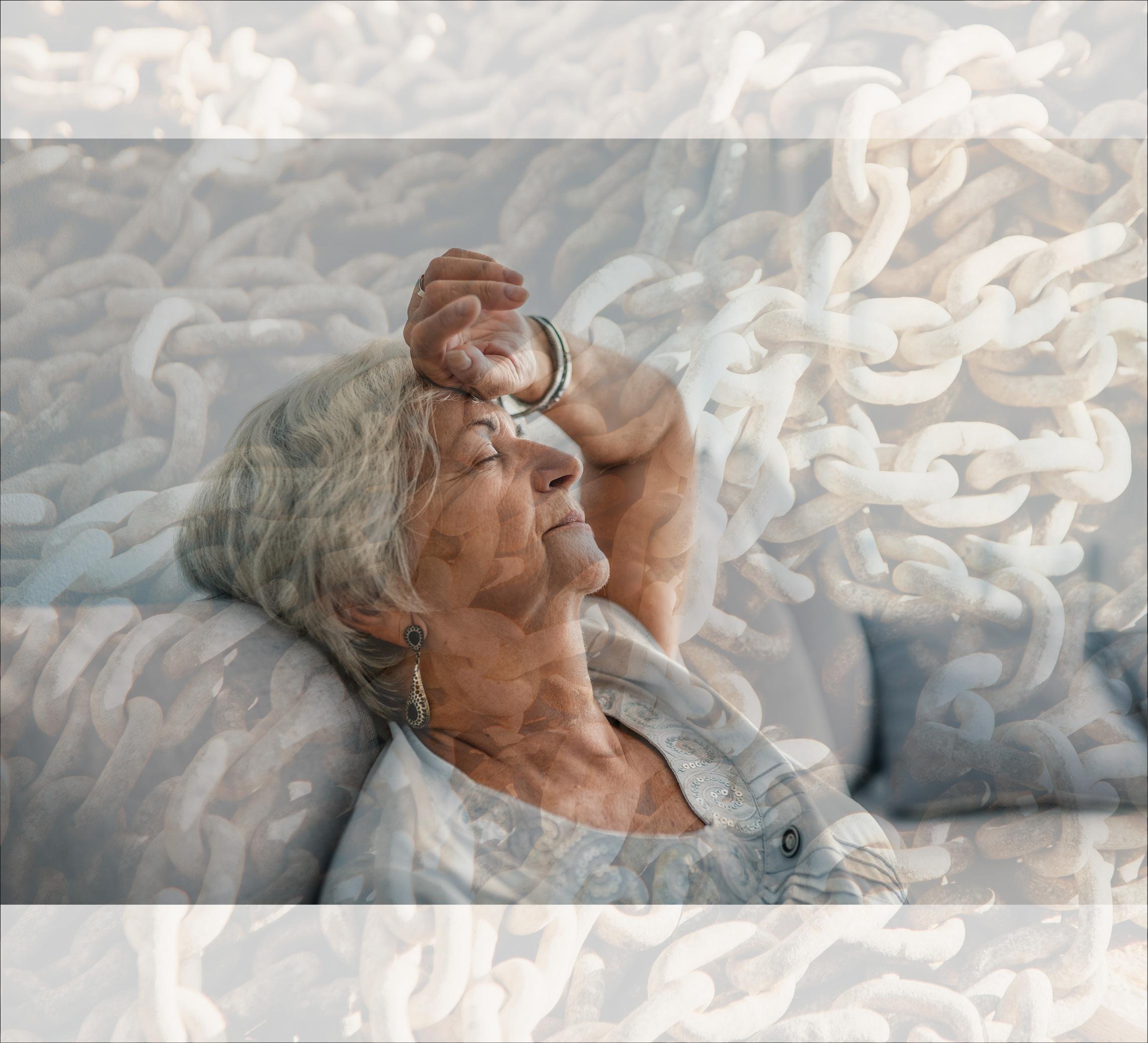Article previously published in the Cutaneous Lymphoma Foundation's Forum 2014 Issue 3 newsletter. Reviewed by the Cutaneous Lymphoma Foundation’s Medical Advisory Council - September, 2019
Since cutaneous lymphoma is a disease that primarily affects the skin, proper skin care can improve a patient’s quality of life tremendously. Many patients put significant stress on topical prescription medications, although a lot can be done to soothe the skin with home remedies and over the counter medications. Proper skin care cannot be emphasized enough in playing one of the key roles in the treatment of this disease. While physicians, nurses and medical professionals play an important role in the road to recovery, the patients themselves are also able to contribute and take control in the treatment of their disease. Taking control and being able to provide relief from skin irritation for a cutaneous lymphoma patient can be an empowering experience.
General Tips
Here are a few general tips to keep in mind at home; keeping skin properly hydrated will help to improve your daily life:
- It is important to maintain a warm temperature and not allow your skin to become too cold; skin will dry out faster in cooler temperatures. Humidifiers or flat pans of water on radiators are also helpful to maintain moisture in your home, especially the bedroom as proper sleeping temperatures are very important to avoid sweating or extreme cold.
- When selecting clothing to keep skin comfortable, opt for fabrics made of cotton and/or cotton-synthetic blends; wool and pure synthetic fabrics, while warm, can be irritating and abrasive to the skin. Looser-fitting garments are also optimal as tight, close-fitting clothes may agitate skin. Starch should also be avoided, especially in bed sheets.
- Laundry detergent can affect your clothing and thus the sensitivity of skin as well. Detergents should be unscented. Fabric softeners and dryer sheets should be avoided as well.
Soaps or shampoos?
Many patients with cutaneous lymphoma suffer from skin dryness, which frequently leads to irritation and itchiness. Harsh detergents may further damage the skin removing thin protective layer of lipids.
Soap is a salt made by neutralizing lye and fatty acids. Because fatty acids are weak, their salts are alkaline by nature. Soaps can be too harsh for sensitive skin. The goal of beauty bathing bars (Dove Fresh Moisture, Cetaphil Gentle Cleansing Bar, Johnson’s pH 5.5. Nourishing Body Wash) is to maintain the normal acidity of skin. Those products should be preferred over regular soaps.
While washing hair, it is important to remember that all soaps accumulate on the hair. This happens pretty much the same way as the bottom of a bathtub or the floor of the shower cabinets that get gooey after a while. Since short hair is cut more frequently, it is OK to use soap instead of shampoo for short hair. However, the use of soap for people with long hair is not recommended due to the inevitable accumulation of soap on the hair. California Baby Super Sensitive shampoo and Free & Clear Shampoo are safe brands to use for those with very sensitive skin.
Bathing
While discussing the importance of avoiding dry skin, bathing comes to mind as the most straightforward way to “fill” the skin with water. Many simple things can be changed and/or added into your bathing routine to keep you comfortable and as irritant-free as possible. Here are some tips on how to get the most positive benefits out of bathing.
- Water temperature is important when bathing – water should be kept lukewarm, not hot. While soaking skin for a long time in a bath may feel good, bathing for extended periods of time is not recommended as extensive exposure to water will ultimately dry the skin.
- Soap should be used sparingly and it is important to avoid lathering areas that may already be dry or irritated. Mild, unscented soaps are gentle and optimal; avoid perfumes and dyes in soaps. Brands like Dove Sensitive Skin, Cetaphil, and California Baby are great options.
- Oatmeal baths are a great way to soothe irritated, dry skin. Aveeno designed a colloidal oatmeal product “Soothing Bath Treatment” for this purpose. The content of the packet should be slowly sprinkled directly under the faucet into the tub. However, anyone can make their own oatmeal bath at home: 1 cup of regular oatmeal should be placed into 2 layers of cheesecloth; cheesecloth should be tied securely into a small pouch. Leave the pouch of oatmeal in a lukewarm bath water for 10-15 min.
- A great way to restore the slightly acidic pH of the skin is to take a bath with a hint of white vinegar (1/2 cup of white vinegar per one-quarter filled bath).
- Patients with frequent skin infections may benefit from going to a public swimming pool twice a week. The high level of chlorine in the water of a public swimming pool is a perfect way to sterilize the skin. While it may be difficult for some patients to utilize a public swimming pool, you can also make your own “swimming pool water” at home (bleach bath) using 1/2 cup of bleach per one-quarter filled bath. If you don't have a bathtub, you can make your own bleach-based “Dakin’s” spray (talk to your doctor for directions). To keep the skin infection under control, sheets and towels should be cleaned twice a week.
- The general rules for bathing include short baths (5-7 min); do not scrub, do not rub, do not scratch open skin areas; dry skin gently without rubbing, and always generously apply a moisturizing product after every single bath.
- The drying process is equally important and bathroom temperatures must remain cool and as steam-free as possible. Pat yourself dry (do not rub) with a soft, dry towel.
- After skin has been dried but is still damp, apply a moisturizer/emollient to seal in moisture.
Moisturizing
Following the bathing process, moisturizing is key in keeping skin comfortable. By understanding the three basic types of moisturizers, you will be able to select the right options for your skin:
- The first type, occlusives prevent the evaporation of water from the skin. Examples include petroleum jelly, mineral oil, lanolin and beeswax.
- Humectants contain water-attracting molecules which grab and hold water in. Examples include glycerin, propylene glycol, sorbitol and panthenol.
- Lastly, emollients sink into the skin and bind skin cells back together. Examples are silicones, jojaba oil and propylene glycol.
The most recent advance in moisturizing products are ceramide-containing creams and ointments such as Amlactin Cerapeutic, Cetaphil Restoraderm, CeraVe Moisturizing Cream, Aveno Eczema Therapy Moisturizing Cream, Eucerin Professional Repair – they are great way to restore the lipid layer of the skin and to seal in moisture.
With the proper care, skin can often be improved in many cutaneous lymphoma patients. It is important to note that products do not always have to be the most expensive. Quality ingredients are much more important than cost. By knowing the basics about skin care products, you will hopefully be able to improve your quality of life and live your best life possible.
Please note, at-home skincare does not negate the need for prescription medications, but can complement the treatment of cutaneous lymphoma. It is key for patients to take an active role in their own road to recovery and be aware of products available to help heal their skin.
EXPERT PRESENTER
Tara Jennings, BA, Clinical Research Fellow, Thomas Jefferson University



